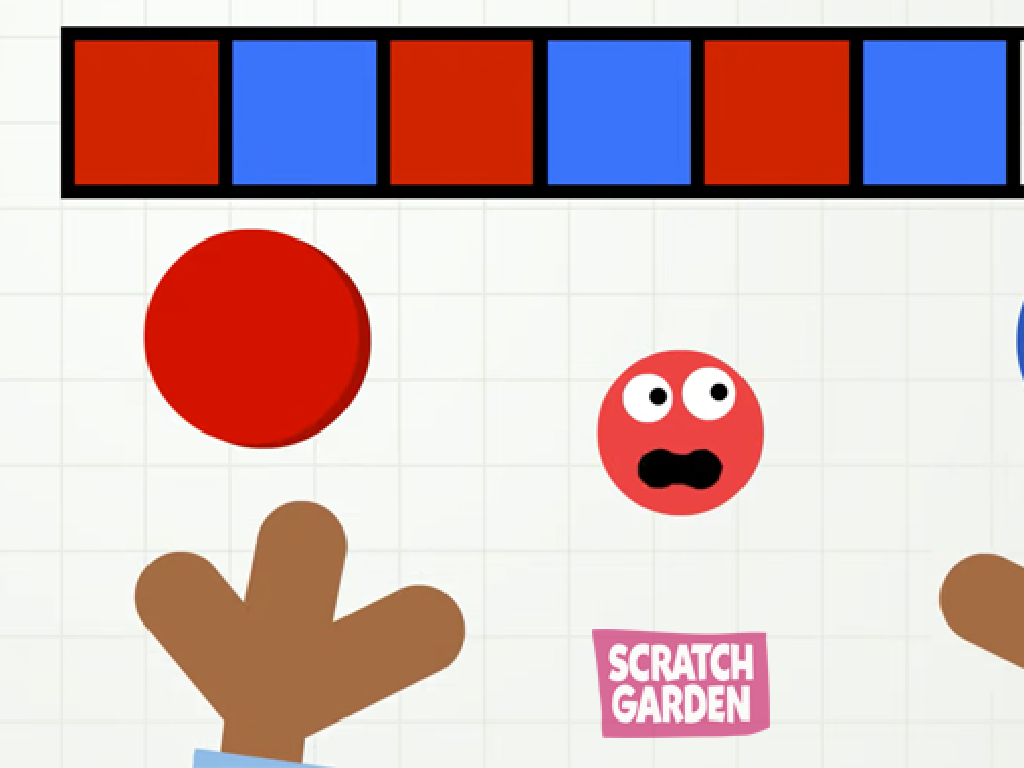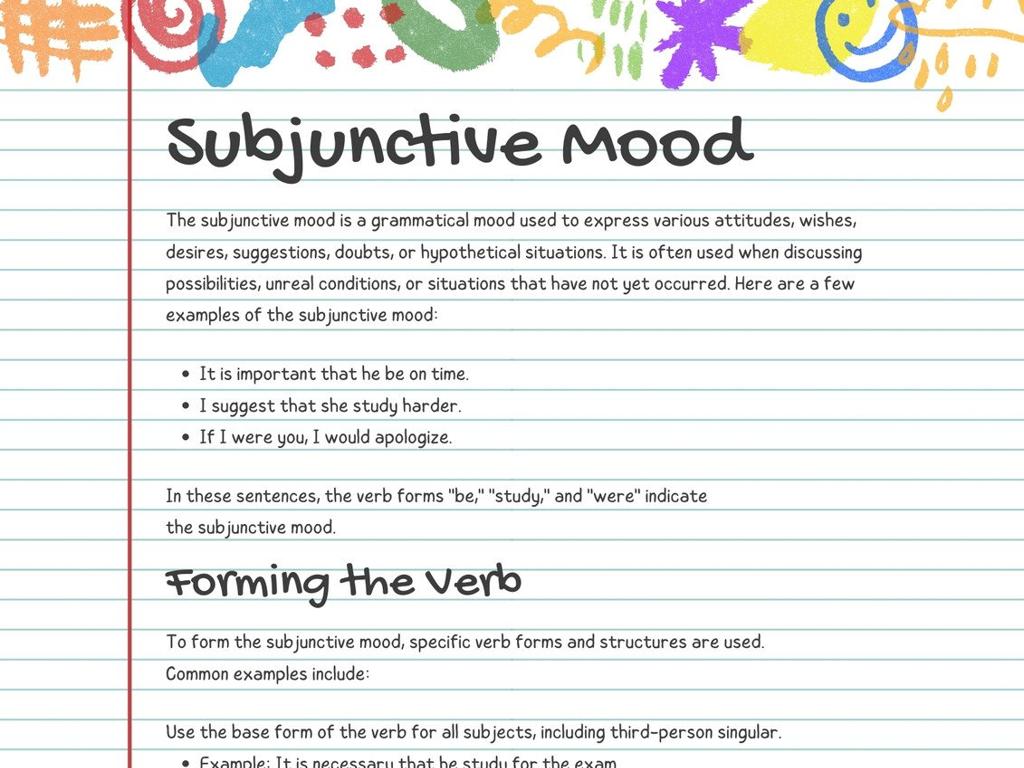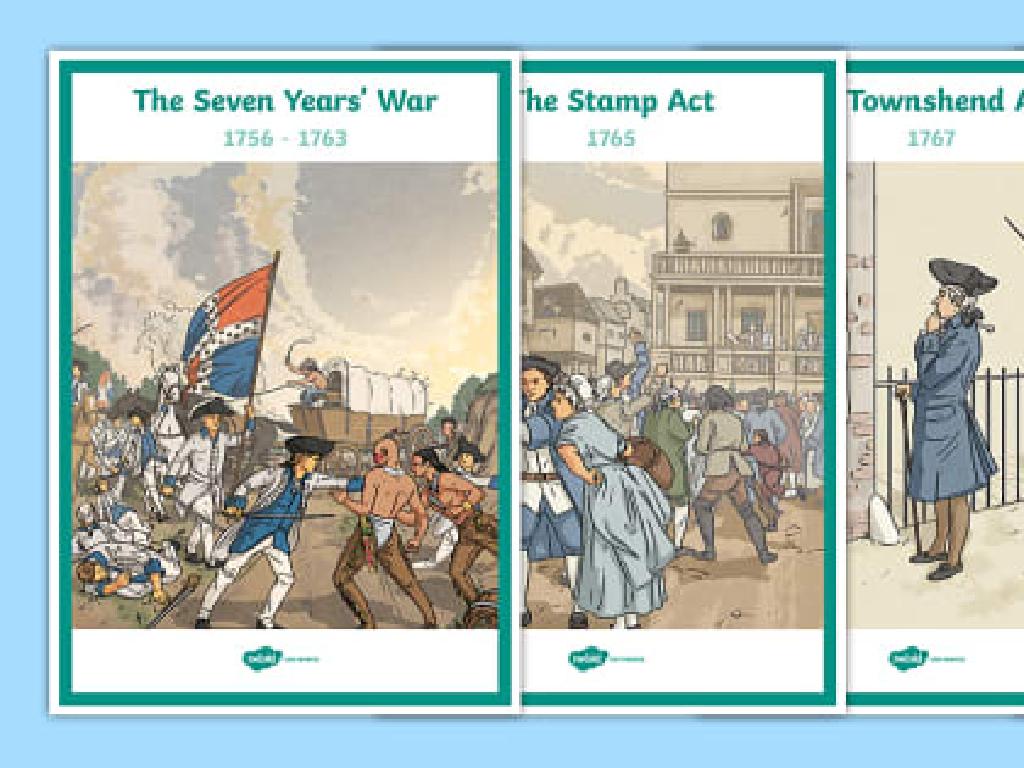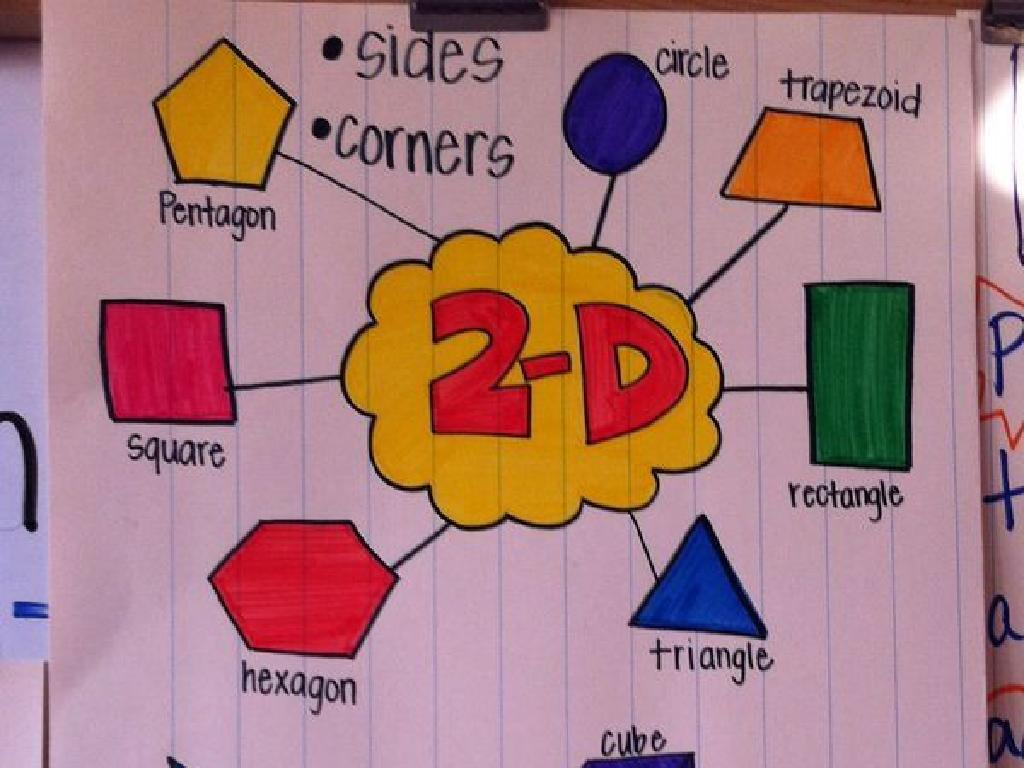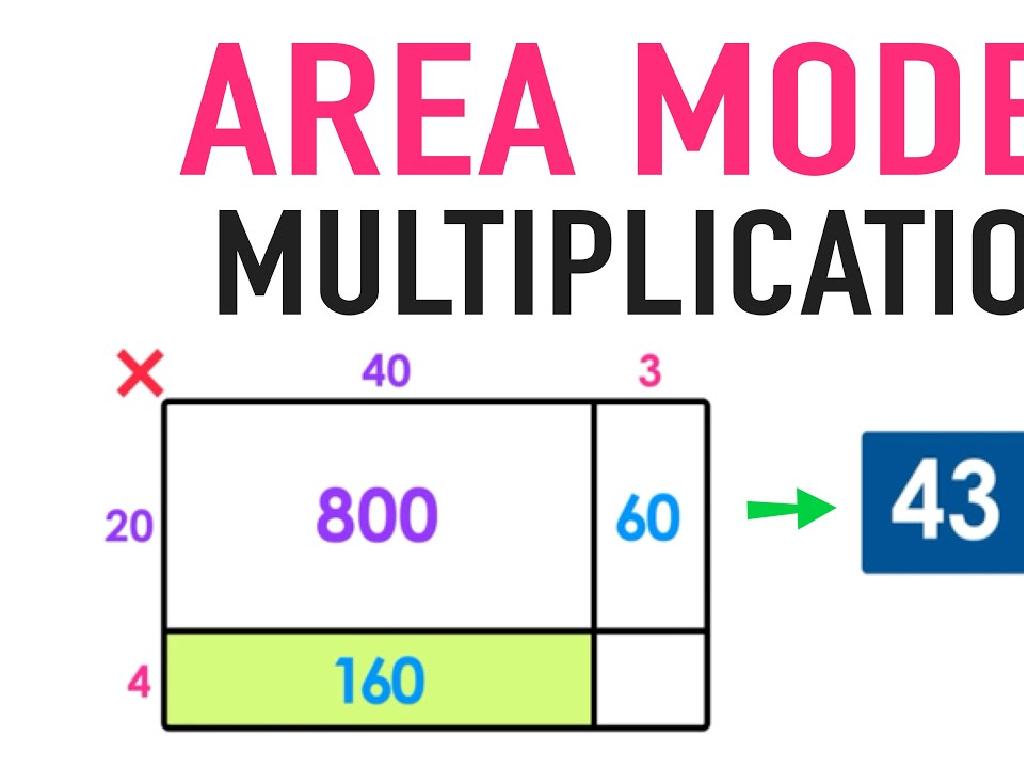Remove Redundant Words Or Phrases
Subject: Language arts
Grade: Seventh grade
Topic: Writing Clearly And Concisely
Please LOG IN to download the presentation. Access is available to registered users only.
View More Content
Writing Clearly and Concisely: Removing Redundancy
– Importance of clear writing
– Clear writing conveys ideas effectively without confusion.
– Define ‘redundant’ in writing
– Redundant words or phrases repeat the same idea unnecessarily.
– Identify redundant phrases
– ‘Free gift’ or ‘advance warning’ are examples of redundancy.
– Practice rewriting sentences
– Take a sentence and remove words that don’t add new meaning.
|
This slide introduces the concept of writing clearly by eliminating unnecessary words or phrases, which is crucial for effective communication. Start by discussing why clarity is important in writing – it makes the text easier to understand and more enjoyable to read. Explain that ‘redundant’ means something that is repeated or unnecessary, which can clutter writing. Provide common examples of redundancy to illustrate the point. Finally, engage students with an activity where they rewrite sentences to remove redundant elements, enhancing their ability to write concisely. Encourage students to think critically about each word they use and whether it adds value to their writing.
Eliminating Redundancy in Writing
– Spotting redundant words/phrases
– Look for words that repeat the same idea or are unnecessary for meaning.
– Importance of concise writing
– Removing excess words makes writing clearer and more engaging.
– Practice: Identify redundancies
– We’ll analyze sentences to find and remove unnecessary words.
– Enhance clarity and readability
|
This slide introduces the concept of redundancy in writing and its impact on clarity and conciseness. Teach students to identify unnecessary repetition and superfluous words that do not add value to the text. Emphasize that concise writing is more effective and easier to understand. Use examples to illustrate common redundancies, such as ‘free gift’ or ‘advance planning.’ For the practice activity, provide sentences with redundant phrases and guide students to revise them. This exercise will help students recognize and eliminate redundancy in their own writing, improving their communication skills.
Trimming the Fat: Writing Clearly
– Techniques to cut extra words
– Use active voice, avoid filler words
– Rewrite sentences for clarity
– Focus on main idea, remove distractions
– Activity: Practice trimming sentences
– ‘The boy who was very hungry ate quickly’ to ‘The hungry boy ate quickly’
– Share and discuss revisions
|
This slide introduces students to the concept of concise writing by eliminating unnecessary words, often referred to as ‘trimming the fat.’ Start by discussing techniques such as using active voice and removing filler words. Emphasize the importance of rewriting sentences to maintain the main idea while cutting out words that don’t add value. The activity involves students practicing this skill with provided examples. Encourage them to share their revisions and discuss the changes made for clarity. This exercise will help them recognize verbosity in their writing and improve their editing skills. For the activity, provide sentences like ‘The boy who was very hungry ate his food very quickly’ and guide them to trim it to ‘The hungry boy ate quickly’. Offer feedback and discuss why the revisions improve the sentence.
Crafting Concise Writing: Removing Redundancy
– Understand redundancy in writing
– Redundancy means unnecessary repetition of ideas or words.
– Before & after: clarity improves
– Compare examples to see how removing extra words helps.
– Concise writing enhances readability
– Clear, to-the-point writing is easier to understand.
– Class exercise: paragraph revision
– We’ll work together to edit paragraphs for conciseness.
|
This slide introduces students to the concept of redundancy in writing and its impact on clarity and readability. Start by explaining what redundancy is and why it’s important to avoid it. Show students examples of sentences with and without redundant phrases to illustrate the improvement in clarity. Emphasize that concise writing is more effective and engaging for readers. For the class exercise, provide paragraphs that are wordy or contain redundant phrases and have students work in groups to revise them. This will help them apply what they’ve learned and understand the value of writing clearly and concisely.
Your Turn: Crafting Concise Sentences
– Write sentences without redundancy
– Exchange papers for peer review
– Swap your work with a classmate to review each other’s sentences
– Give and receive feedback
– Offer constructive criticism on clarity and brevity
– Discuss the value of concise writing
– Share insights on eliminating unnecessary words
|
This slide prompts students to engage in an activity that reinforces the lesson on writing clearly and concisely. Students will first apply their understanding by writing their own sentences, focusing on removing any redundant words or phrases. They will then participate in a peer review process, exchanging papers with a classmate to provide and receive feedback. This collaborative effort helps students to recognize common redundancies in writing and learn from one another. Finally, the class will come together to discuss their experiences and the importance of concise writing, solidifying the concept that less can often be more in effective communication. The teacher should facilitate the peer review to ensure it remains positive and productive, and lead the discussion to highlight key learning points.
Class Activity: Redundancy Hunt
– Search for redundancies in print
– Create a ‘Redundancy Wall’
– Use magazines/books to find and cut out redundant phrases to pin up
– Discuss improvement in writing
– How clarity and brevity enhance writing
– Reflect on the activity
|
This class activity is designed to engage students in identifying unnecessary repetition in writing, known as redundancy. Divide the class into small groups and provide a selection of magazines or books. Each group will look for examples of redundancy, such as ‘free gift’ or ‘advance planning’. They will then create a ‘Redundancy Wall’ in the classroom where they’ll display these examples. After the activity, lead a discussion on how removing these redundancies can make writing clearer and more concise. Encourage students to think about how this applies to their own writing. Possible variations of the activity could include creating a digital redundancy wall, writing improved versions of the redundant phrases, or even a competition to find the most examples.

